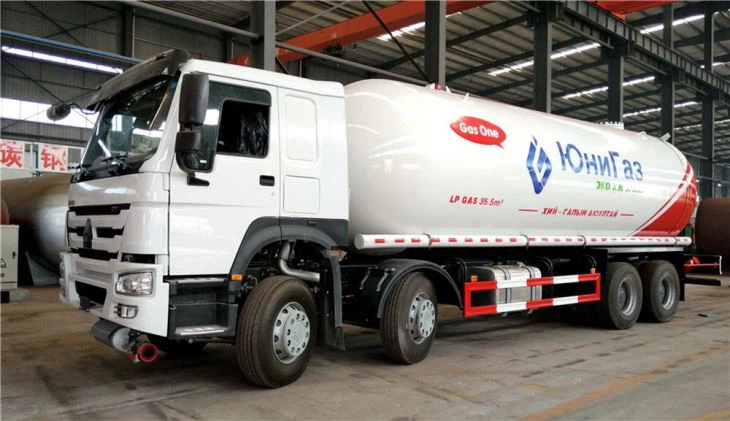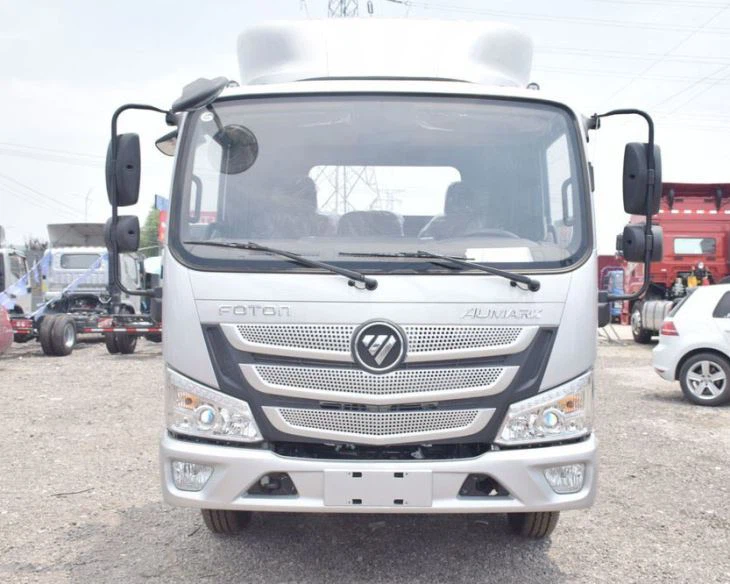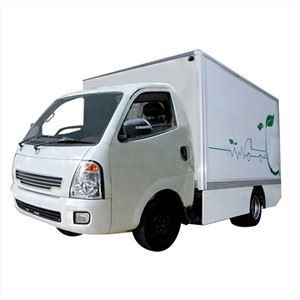Everything You Need to Know About Mini Fire Engines

When it comes to emergency response, mini fire engines play a crucial role in delivering efficiency, mobility, and flexibility. Designed for urban environments and narrow passages, these compact fire vehicles are essential tools for firefighters. In this comprehensive guide, we will explore the various aspects of mini fire engines, including their types, features, uses, maintenance, and much more.
What is a Mini Fire Engine?
A mini fire engine is a compact version of a traditional fire truck, designed for versatility in various firefighting situations. They are typically built on a smaller chassis and are equipped with essential firefighting tools such as water tanks, hoses, and firefighting equipment. Mini fire engines are best suited for urban areas, rural locations, and places where access for larger vehicles is limited.
Key Features of Mini Fire Engines
Mini fire engines often come with an array of features tailored to meet the diverse needs of firefighters. Some of these features include:
- Compact Size: Smaller dimensions allow for better maneuverability in congested areas.
- Water Tank: Contains a water supply for quick response.
- Pumping Equipment: Pumps typically have high PSI to combat fires effectively.
- Accessory Storage: Compartmentalized sections for hoses, nozzles, and other firefighting tools.
- Advanced Safety Features: Including flashing lights, sirens, and reflective materials for visibility.
Types of Mini Fire Engines
There are several types of mini fire engines, each designed to serve specific purposes:

Type 1: Mini Fire Trucks
Mini fire trucks are typically built on a pickup truck or van chassis. They can carry a small crew and are versatile for various emergency situations.
Type 2: Mini Fire Appliances
These are lighter-duty vehicles designed for smaller firefighting tasks or support roles during larger incidents.
Type 3: Mini Fire Rescues
Used primarily for medical response and quick rescue operations, these mini fire engines may not carry hoses but are equipped with medical supplies.
Uses of Mini Fire Engines
Mini fire engines are employed in several scenarios, making them invaluable tools for fire departments around the world.
Urban Firefighting
In dense city environments, mini fire engines can navigate narrow streets and alleyways, ensuring quick response times.
Rural Areas
In areas without fire hydrants, mini fire engines can transport water from nearby sources to control wildfires or structure fires.
Event and Crowd Management
During public gatherings and events, mini fire engines serve as quick response units in case of emergencies like medical issues or small fires.
Advantages of Mini Fire Engines
The benefits of incorporating mini fire engines into fire departments are substantial:
Efficient Response Times
With their ability to navigate tight spaces, mini fire engines can often reach emergencies faster than larger fire trucks.
Cost-Effectiveness
They are generally less expensive to purchase and maintain than full-sized fire engines, making them a budget-friendly option.
Environmental Considerations
Mini fire engines usually consume less fuel, contributing to lower carbon emissions, which is increasingly important in today’s eco-conscious society.
Choosing the Right Mini Fire Engine
Selecting the appropriate mini fire engine requires careful consideration of various factors:
Assessing Fire Department Needs
Before choosing a mini fire engine, it’s essential to analyze the specific needs of the fire department, including:
- Types of incidents commonly encountered.
- Access to water sources.
- Budget for purchasing and maintaining the vehicle.
Features to Look For
Look for essential features such as pump power, water capacity, storage options, and safety features to suit your needs.
Vendors and Customization
Explore different vendors that offer mini fire engines and consider customization options that allow for tailoring the vehicle to specific needs.
Maintenance of Mini Fire Engines
Regular Inspections

Perform regular inspections to ensure that all equipment is in proper working order, including:
- Water pumps
- Hoses
- Lighting and sirens
- Brakes and other mechanical components
Scheduled Servicing
Regular servicing of the engine, pumps, and electrical systems is crucial for maintaining performance.
Training for Operation
Provide training for personnel on the proper usage, maintenance, and driving of mini fire engines to maximize safety and effectiveness.
Practical Tips for Fire Departments
Community Engagement
Engage with the community to familiarize them with the capabilities of mini fire engines, increasing their visibility during emergencies.
Collaboration with Local Services

Collaborate with local emergency services, hospitals, and law enforcement to establish efficient response protocols when these vehicles are deployed.
Cost Considerations
Investing in a mini fire engine can vary greatly depending on several factors, including:
| Cost Factor | Average Cost (USD) |
|---|---|
| Base Model | 50,000 – 80,000 |
| Customization | 5,000 – 30,000 |
| Maintenance (Annual) | 3,000 – 10,000 |
FAQ About Mini Fire Engines
What is the typical size of a mini fire engine?
Mini fire engines are generally smaller than traditional fire trucks, measuring around 10 to 20 feet in length, making them versatile for various environments.
Can mini fire engines be used for other functions?
Yes, they can be modified for various roles, including rescue operations, event support, and even community education demonstrations.
How do mini fire engines perform in extreme weather?
Mini fire engines are equipped to handle various weather conditions but should be regularly inspected to ensure all systems function properly during extreme elements.
What are the common brands of mini fire engines?
Several notable manufacturers produce mini fire engines, including Ford, Chevrolet, and specialized fire apparatus manufacturers.
Are mini fire engines suitable for volunteer fire departments?
Yes, mini fire engines are an excellent choice for volunteer fire departments due to their lower cost and ease of use, allowing volunteers to respond quickly to emergencies.
What features should I prioritize when purchasing a mini fire engine?
Key features to prioritize include pump capacity, water tank size, ease of maintenance, and safety amenities to ensure effectiveness in firefighting scenarios.
